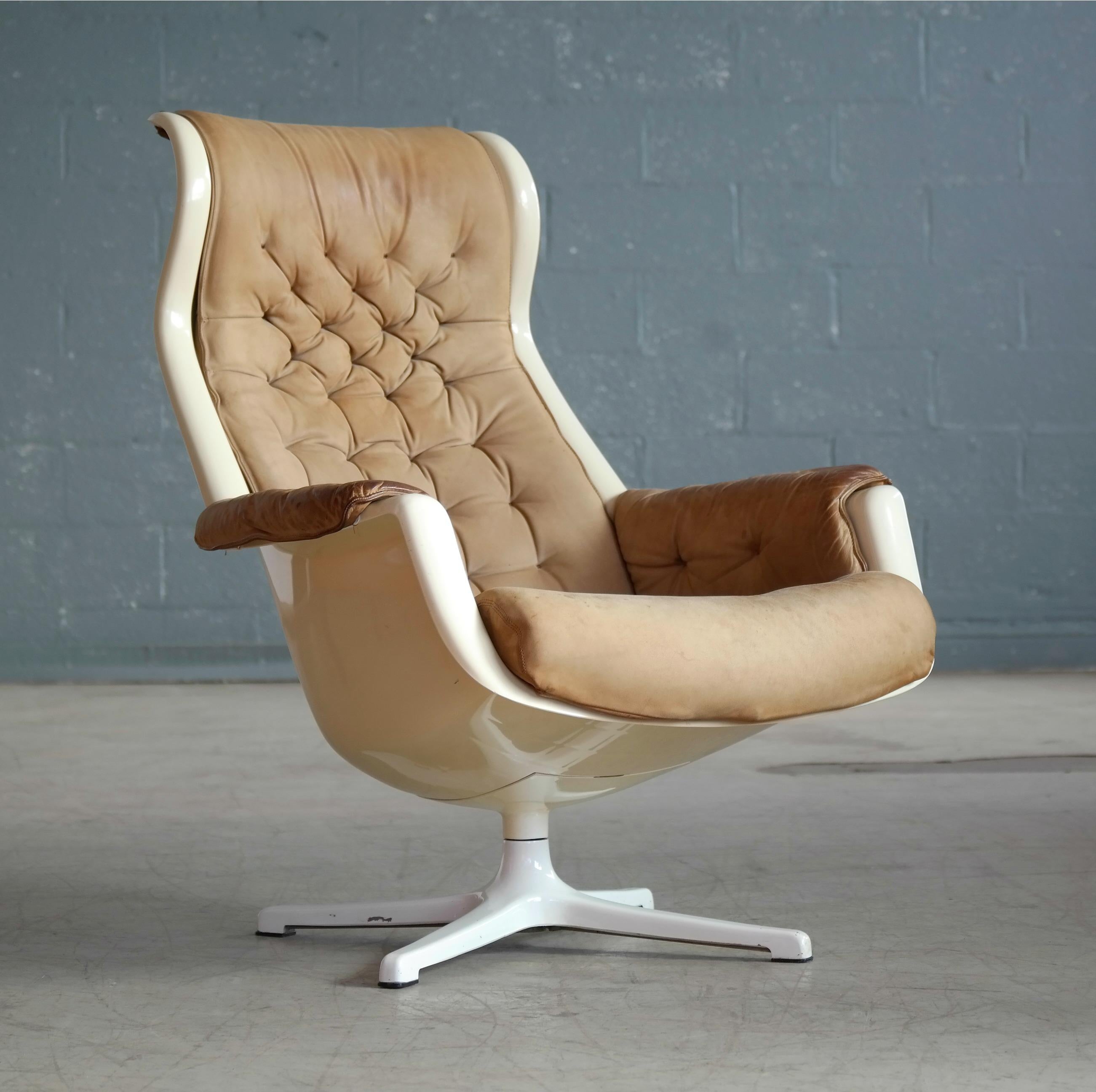

This turned out to be an excellent move: The Ball Chair perfectly fitted the image of the Space Age era.

Santalahi saw the potential of the Ball Chair to make Asko known worldwide and enthusiastically proposed to present the chair at the International Furniture Fair in Cologne of 1966. As a solution he applied a metal ring to the opening of the ball so the prototype would hold its shape.Īfter a few months looking in vain for a manufacturer, Aarnio got the opportunity to show his chair to Liro Santalahi, manager of the German branch of Asko. ‘It looked like a misshaped potato’, according to Aarnio. The construction was not strong enough to maintain its shape. Unfortunately, the first result was not as perfect as expected. After this the outside was laminated with fibreglass, finishing the outside shell of the chair. On this he applied papier-mâché, layer by layer, until he achieved the desired form. With multiplex he created a ball shaped mould. In this way he could imagine himself sitting in the chair and could thus determine the right size. While working out the design, Aarnio and his wife Pirko made drawings in a scale of 1:1 which they pinned on the wall.

After making sketches he found out that the ball shape had the perfect form: because of its geometric shape it provided optimal strength with minimal use of material. The design of the Ball Chair originated from Aarnio’s search for a new version of the classic chair theme. Aarnio said at the time: ‘Design means constant renewal, realignment, growth.’ While shaping wood had its restrictions, fibreglass had great new possibilities. At heart however he was a proponent of innovation and experimented with different uses of materials, especially fibreglass.

In the beginning Aarnio designed furniture in the tradition of Scandinavian Design with natural materials. In 1962 he started his own design studio. After graduating he worked several years for Asko under head designer Ilmari Tapiovaara (1914-1999). Even though the story of the design of the Ball Chair has been romanticized as the search of Akso for an innovative chair, it was in fact Eero Aarnio himself who brought the chair to Asko.Įero Aarnio studied interior architecture and industrial design at the academy of applied arts in Helsinki from 1954-57. Akso already early on concentrated on the production of series, which resulted in the company becoming the largest furniture manufacturer in Finland. Among them also Asko, original producer of the Ball chair. Businesses like Fredericia Stolefabrik, Republic of Fritz Hansen, Artek, Louis Poulsen and Carl Hansen & Son flourished in this time. The great popularity resulted in many export possibilities for Scandinavian furniture manufacturers. This is due to the Triennales in Milan, where Scandinavian designers won several prices, but also the first extensive design exhibition ‘Scandinavian Design’ touring the United States from 1954-1957. The international success of Scandinavian design started in the 1950s. This type of design originates in the 1930s and is characteristic for the simple clean lines, functionality and a minimalistic use of materials. VAT within the EU: When buying or delivering an item within the EU, VAT usually applies and will be added.Scandinavian design is the term used for the designs from Scandinavian countries which are influenced by modernism and the restrictions of the surrounding landscape. Of course, a locally organized reupholstery is possible as well. We kindly ask you to contact our design experts for further information about the endless possibilities our restoration and upholstery atelier has to offer. With high attention for the original, they make sure every piece retains its value and is ready for the many years to come. Reupholstery is possible before shipping by our experienced craftsman in our own in-house restoration atelier. Please note that the leather shows signs of wear and use, stains and small damages are visible. The chair bears strong resemblance to the 'Girasole' chair, designed by Luciano Frigerio. The combination of the white fiberglass with the brown leather enhances the association of a coconut. The seating is designed as a shell that embraces the sitter wonderfully. The conical shaped base holds the hemispherical ball in place which can be rotated, allowing the user to adjust the angle of the seat. Pop-cultural lounge chair, consisting of a crescent seat. Lounge or ball chair, fiberglass, leather, Italy, 1960s


 0 kommentar(er)
0 kommentar(er)
